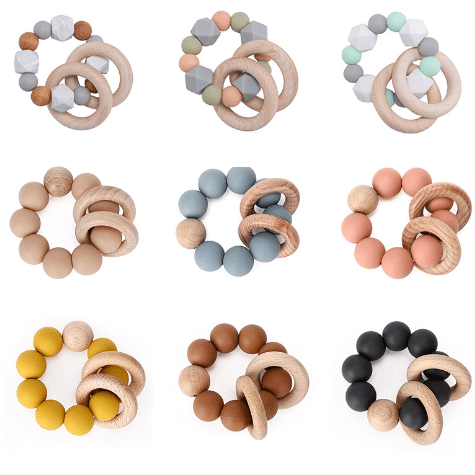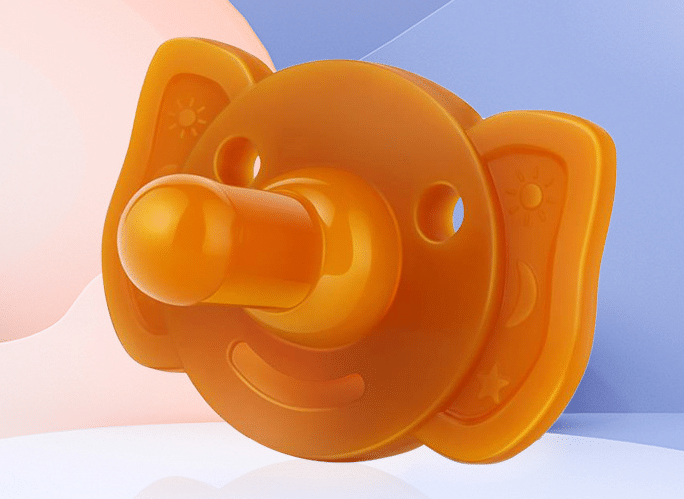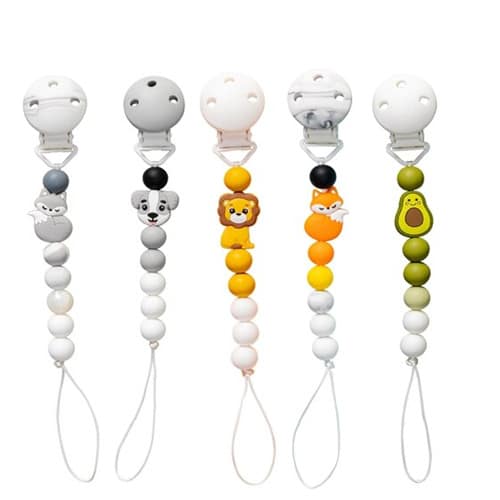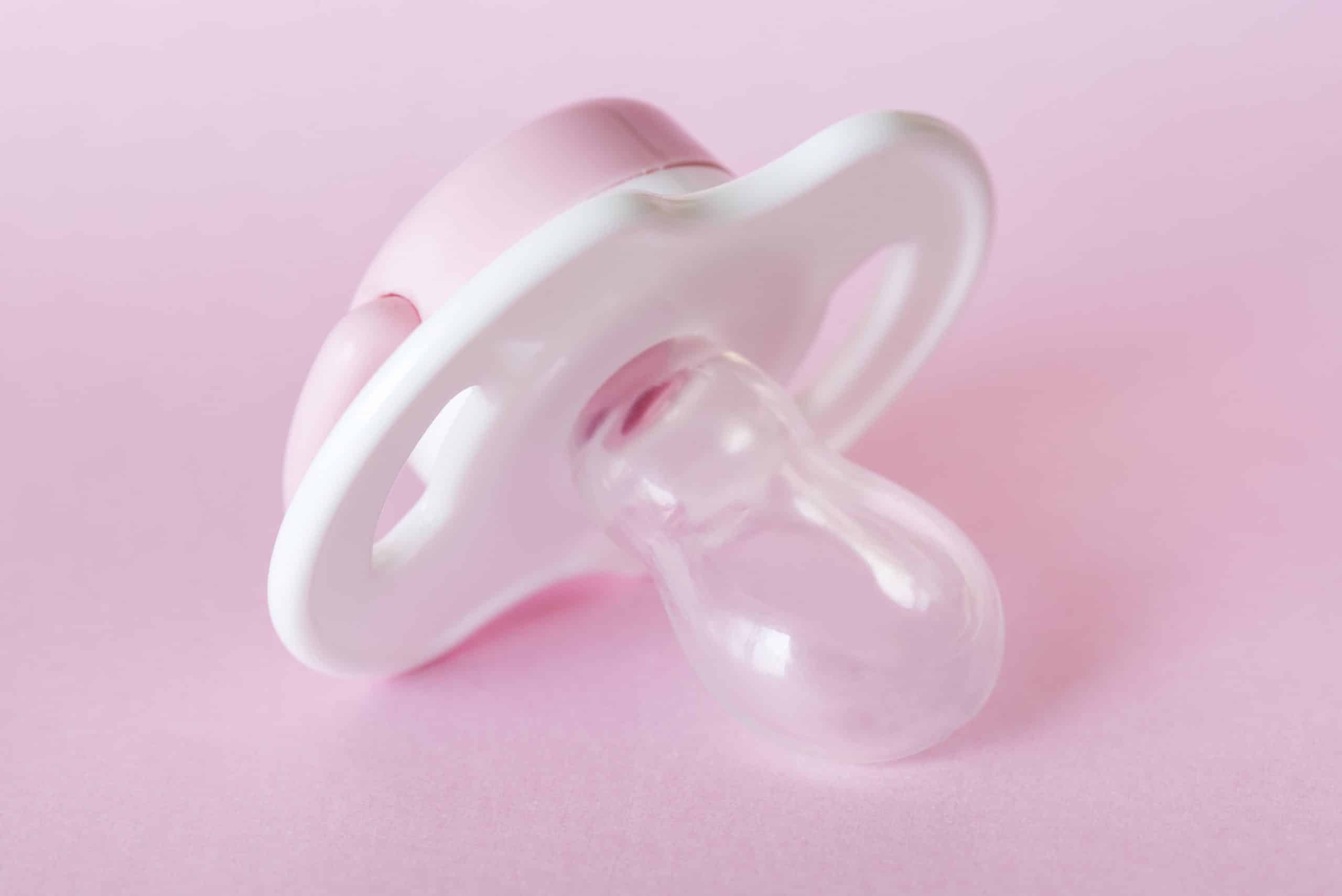Pacifiers vs. Thumb Sucking – Which Is Best for Soothing Your Baby?
Babies have a natural instinct to soothe themselves, and two common methods parents often turn to are pacifiers and thumb sucking. In this article, we will explore the benefits, considerations, and limitations of pacifiers, as well as the potential issues associated with thumb sucking. By comparing these two approaches, we aim to help you make an informed decision about what is best for soothing your baby.
Pacifiers: Benefits, Considerations, and Limitations
The Role of Pacifiers in Soothing Babies Pacifiers provide a sucking mechanism that mimics breastfeeding, offering comfort and a sense of security for babies. They can help calm fussy infants, promote self-soothing, and provide temporary distraction from discomfort or boredom.
Pros and Cons of Pacifier Usage While pacifiers offer soothing benefits, there are also considerations to keep in mind. Extended pacifier use can lead to dependency, potential dental issues, and interference with breastfeeding. It is important to use pacifiers judiciously and follow appropriate guidelines.
Addressing Concerns about Pacifier Dependency One common concern is that babies may become overly dependent on pacifiers. However, with proper guidance and gradual weaning, it is possible to help babies transition away from pacifiers when the time is right.
Further Reading:
Thumb Sucking: Natural Instinct or Potential Issues?
Thumb Sucking as a Self-Soothing Mechanism Thumb sucking is a natural instinct for many babies and can provide a self-soothing mechanism. Babies find comfort and security in the rhythmic sucking motion of their thumbs, which can help them relax and fall asleep.
Potential Dental and Speech Development Concerns Thumb sucking beyond a certain age can lead to dental issues, such as misalignment of the teeth or changes in the roof of the mouth. Prolonged thumb sucking may also affect speech development, as the positioning of the thumb can interfere with proper tongue movements.
Breaking the Thumb Sucking Habit If thumb sucking becomes a concern, there are strategies to help break the habit. Positive reinforcement, providing alternative soothing methods, and addressing any underlying emotional needs can support your baby in transitioning away from thumb sucking.
Pacifiers vs. Thumb Sucking
Comfort and Soothing Effects Both pacifiers and thumb sucking can offer comfort to babies. However, pacifiers provide a consistent shape and texture, while thumb sucking can vary in pressure and may not always be accessible or clean.
Oral Development and Potential Effects Pacifiers, when used appropriately, have minimal impact on oral development. On the other hand, prolonged thumb sucking can lead to dental and speech issues that may require intervention in the future.
Ease of Breaking the Habit Breaking the pacifier habit can be easier compared to thumb sucking, as you have more control over the pacifier usage. Thumb sucking, being a self-soothing instinct, may require more patience and gentle redirection.
Factors to Consider in Choosing Between Pacifiers and Thumb Sucking
Age and Developmental Stage Consider your baby’s age and developmental stage when deciding between pacifiers and thumb sucking. Younger babies may find more comfort in pacifiers, while older babies may have developed a preference for thumb sucking.
Individual Preferences and Habits Observe your baby’s preferences and habits. Some babies may naturally gravitate towards thumb sucking, while others may readily accept pacifiers. Choose the option that aligns with your baby’s comfort and soothing needs.
Parental Guidance and Support As a parent, provide guidance and support throughout the decision-making process. Consult with healthcare professionals for personalized advice and recommendations based on your baby’s unique circumstances.
Making an Informed Decision
Consider the information presented and weigh the pros and cons of pacifiers and thumb sucking in the context of your baby’s needs and overall development. Assess their comfort, potential dental and speech concerns, and your ability to manage and wean from the chosen method. Remember, every baby is different, and what works best for one may not work for another.
Frequently Asked Questions (FAQ)
Conclusion
In the pacifiers vs. thumb sucking debate, there is no one-size-fits-all answer. Both approaches have their advantages and considerations. Ultimately, the decision should be based on your baby’s individual needs, age, developmental stage, and guidance from healthcare professionals. Prioritize your baby’s comfort, oral health, and overall well-being as you navigate their soothing journey.
Related Blog
-

How To Find The Right Silicone Bottle Flow For Your Baby
How To Find The Right Silicone Bottle Flow For Your Baby? Silicone baby bottles are made of liquid silicone, do not contain bisphenol A, will not break, with excellent transparency, tear strength, resilience, yellow resistance, heat aging and weather resistance. Silicone bottle flow refers to the flow size of the pacifier, which is usually divided…
-

How to choose the right size of silicone pacifier?
How to choose the right size of silicone pacifier? Silicone pacifier is the use of silicone colorless, tasteless, non-toxic, high temperature resistance, low temperature resistant and other characteristics, the use of food grade silicone as raw materials made of pacifier does not contain bisphenol A, non-toxic and harmless can replace the traditional latex pacifier, the…
-

Silicone Teethers VS Wood Teethers
Silicone Teethers VS Wood Teethers, Which Is Best What is Silicone Teethers? A silicone teether is made of soft, food-grade silicone. It is BPA-free, PVC-free, lead-free, and phthalate-free. Silicone teethers are safe for teething babies to chew on and can be placed in the fridge to provide a cooling sensation. They are designed to relieve…
-

Latex Pacifier VS Silicone Pacifier
Latex pacifier VS silicone pacifier, which one is better? What is a Pacifier? A pacifier is a rubber, plastic, or silicone nipple substitute given to an infant or toddler to suckle upon between feedings to quiet its distress by satisfying the need to suck when it does not need to eat. Pacifiers normally have three…
-

Are Pacifier Clips Safe To Sleep With?
Are Pacifier Clips safe to sleep with? No. They’re not safe, so You should also avoid allowing your baby to sleep with the pacifier clip on. It is dangerous in the night with the clip on. What is Pacifier Clips? Silicone Pacifier Clips is made of 100% food grade silicone, BPA free, durable and easy to clean…



